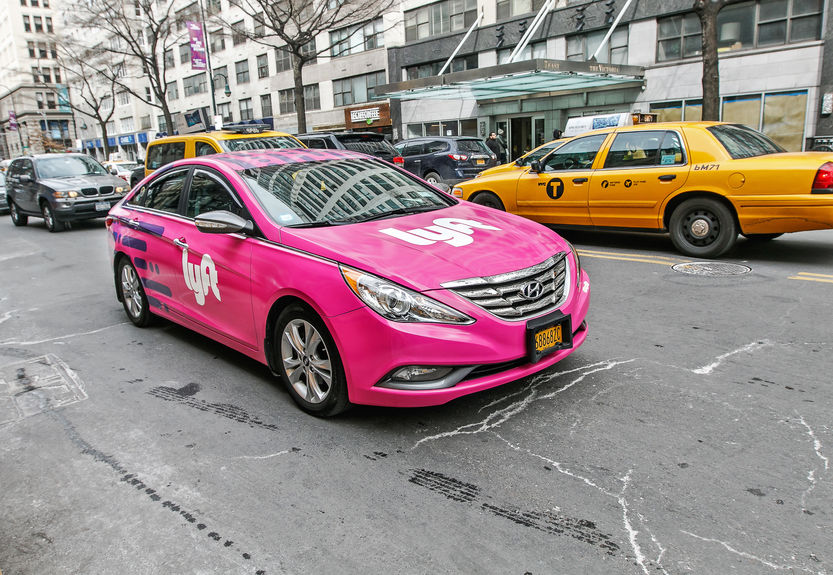
Lyft to pause operations in California, stock recovers losses
- Lyft said it will pause operations in California.
- A judge ruled Lyft and rivals would need to classify all drivers as employees.
- Lyft lacks the necessary resources to comply.
Ride-hailing company Lyft Inc (NASDAQ: LYFT) confirmed it will cease operations in California as of 11:59 PM local time on Thursday to avoid being in contradiction to a new law on how it classifies drivers.
‘Not something we wanted to do’
Copy link to sectionLyft said in a blog post suspending its operations in California is “not something we wanted to do.” However, it is a necessary action after a state judge ruled Lyft and other ride-hailing companies have until Friday to reclassify drivers as employees.
Lyft and rival Uber Technologies Inc (NYSE: UBER) built their businesses on classifying drivers as independent contractors. The drivers are free to set as little or as many hours as they wish to work along with what areas they wish to operate in.
As part of the new law, Lyft and Uber need to provide drivers with typical benefits that come with a standard employment relationship, such as paid sick days.
Both Lyft and Uber argue they are merely technology platform companies that connect a rider with one of the independent drivers on their networks. The drivers, the companies further argue, are not a member of their business.
Regardless, a complete overhaul of thousands of drivers to become employees is deemed to be physically impossible. The companies don’t have the necessary infrastructure and resources to “flick a switch” and transition independent contractors to employees.
Uber, according to The Wall Street Journal, have similar plans to suspend operations in California.
Few drivers want this
Copy link to sectionLyft noted in its blog post that 80% of its drivers don’t support what state politicians are advocating for. Under the proposed changes, passengers could suffer from reduced services, especially in suburban and rural areas.
Four out of five existing drivers will be fired and the other 20% will be forced to comply with scheduled shifts and capped hourly earnings.
The burden will be felt the most among California’s lower-income riders. Nearly 40% of all Lyft rides in California start or end in a low-income area that already suffers from fewer transit options.
Lyft stock rebounds
Copy link to sectionLyft is left with no other option but to turn away from a key market that accounted for 16% of all rides in the second quarter, according to WSJ. It also could set a precedent for other states to follow suit. Nevertheless, investors bought a mid-day selloff in Lyft’s stock after hitting an intra-day low of $25.74.
At the time of writing, Lyft’s stock fully recovered all of its losses and was trading around flat for the day.
What’s next?
Copy link to sectionThe state of California doesn’t appear to be bluffing and it is ready for Lyft and Uber to leave the state permanently. California AG Xavier Becerra previously said that any business “that relies on shortchanging workers in order to make it probably shouldn’t be anywhere, whether California or otherwise.”
California voters will have an opportunity in November to support Prop 22, a ballot proposition that would overrule recent legal decisions.
More industry news







